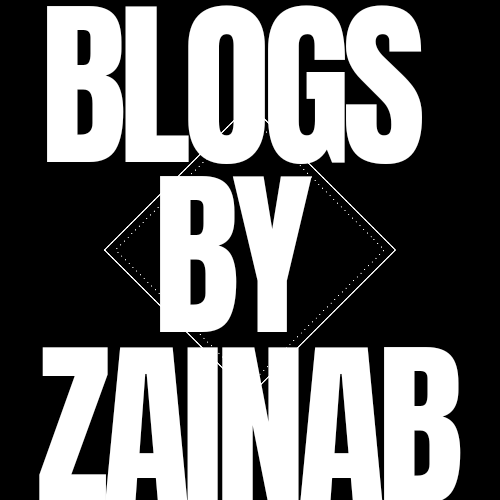Introduction:
In the ever-evolving realm of graphic design, typography stands as a stalwart cornerstone. Typography isn't merely about font choices; it's a powerful art form capable of conveying emotions, messages, and aesthetics. As we embark on a journey through the dynamic seas of contemporary graphic design, it's essential to steer our creative ships in alignment with the typography trends that shape the visual language of our era. Join us as we navigate the typography tide in today's graphic design landscape.
1. The Serenity of Simplicity:
Recent years have witnessed the serene dominance of minimalism in graphic design. This movement has left its imprint on typography, where simplicity and unadorned elegance reign supreme. Fonts like Helvetica and Arial have experienced a resurgence, appreciated for their timeless grace. Minimalistic typography often employs generous white spaces, allowing the text to breathe, fostering both readability and visual harmony.
2. The Rise of Bold and Whimsical Letterforms:
Conversely, bold and whimsical typefaces have ascended to new heights of popularity. Designers are increasingly gravitating towards custom fonts and expressive letterforms, breathing vibrant life into their creations. These fonts, characterized by exaggerated shapes, inventive ligatures, and daring color palettes, captivate attention and construct unforgettable brand identities.
3. Variable Fonts: A Typographic Revolution:
In the ever-advancing typographic world, variable fonts represent a quantum leap in design flexibility. These fonts grant designers the power to tweak attributes like weight, width, and slant within a single font file. This versatility empowers designers to craft distinctive, adaptable typographic compositions that seamlessly conform to diverse screen sizes and platforms.
4. Nostalgia Unleashed: Retro and Vintage Typography:
The inexorable pull of nostalgia continues to reverberate through design trends, including typography. The rekindling of retro and vintage typography has become a recurrent motif in recent years. Elements such as serifs, ornate script fonts, and weathered textures transport us to bygone eras, bestowing an aura of authenticity and allure upon modern designs.
5. The Human Touch: Hand Lettering and Calligraphy:
The human touch remains an irresistible force in typography. Hand lettering and calligraphy, whether crafted digitally or with traditional tools, inject a personal, artisanal flair into designs. This trend celebrates imperfections and the unique character of each stroke, forging a deeper connection with the audience.
6. Geometry Meets Abstraction:
Geometric and abstract typography challenges conventional letterforms by transmuting them into artful shapes and patterns. This trend frequently employs daring layouts, unconventional spacing, and geometric constructions to compose visually arresting text arrangements. It's a daring approach that pushes the boundaries of contemporary typography.
7. The Dynamic Narrative: Kinetic and Interactive Typography:
As digital media and interactive design surge, kinetic typography has taken the stage. Kinetic type breathes life into text, imbuing it with movement and dynamism, elevating the storytelling element of graphic design. Be it in video graphics, web design, or digital advertising, kinetic typography crafts immersive and engaging experiences.
Conclusion
Typography is the silent conductor orchestrating the symphony of contemporary graphic design. In this dynamic field, we traverse a vast sea of typographic trends, from the serene waters of minimalism to the tempestuous seas of bold expression, the time-traveling currents of nostalgia, the personal touch of handcrafted letters, the avant-garde realms of abstraction, and the kinetic energy of interactivity. To thrive in the ever-shifting landscape of graphic design, designers must master the art of navigation, blending these typographic currents creatively to convey messages eloquently and stir emotions in the evolving visual lexicon of our times.


0 Comments